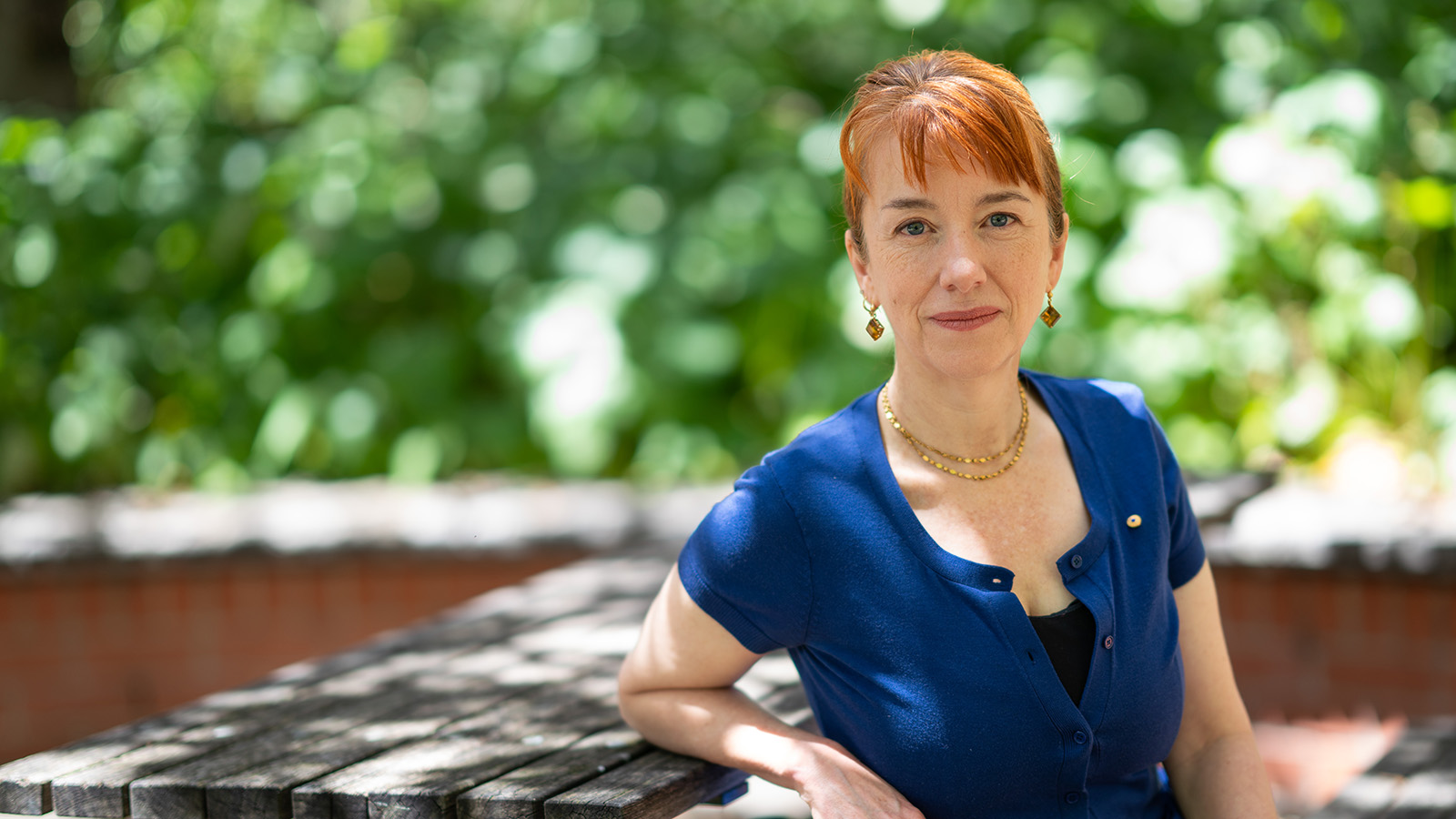Increased vaping and smoking among young Australians a clear danger

New survey data released today by Cancer Council Victoria shows worrying increases in vaping and smoking among young Australians putting their health and wellbeing at risk, according to a leading expert from The Australian National University (ANU).
The survey shows that both vaping and smoking were increasing among young Australians and especially teenagers.
Professor Emily Banks from ANU said the latest findings provide additional evidence on the links between vaping and smoking.
“In studies that follow people over time, it is clear that young people who use e-cigarettes are around three times as likely to take up smoking than their non-vaping peers,” Professor Banks said.
“We know that smoking has been declining in young people consistently over the last 20 years and we don’t know how vaping will affect that. One of the biggest worries in public health at the moment is that widespread vaping will reverse our amazing progress in reducing smoking in children and adolescents in Australia.
“The new findings show trends of rising smoking in 14 to 17 year olds for the first time in more than two decades, from 2.1 per cent smoking in 2018 to 6.7 per cent in 2022, and with recent vaping increasing from fewer than one per cent to 11.8 per cent over the same time. This is alarming and exactly what we didn’t want to see.
“Any level of smoking among young people is extremely concerning. Even very low levels of smoking significantly increase the risk of cancer and heart disease. Even one to five cigarettes per day leads to a nine-fold risk of lung cancer.
“The World Health Organization says that both smoking and use of e-cigarettes carry risks. The safest approach is not to use either. These findings once again show, and reinforce previous evidence, that vaping and smoking are both a clear and present danger that put the health of young Australians at risk.”
The survey comes after recent, internationally peer-reviewed research from Professor Banks shows vaping is increasing among young Australians. The study also confirmed the health risks vaping poses.
“Both smoking and vaping deliver nicotine, which is extremely addictive. Addiction is common in people using vapes and young people are especially vulnerable to addiction as their brains are still developing,” Professor Banks said.
“For children and adolescents that can mean having difficulty sitting through a lesson or a meal with family because of craving and withdrawal symptoms, and the need to vape.”
Previous research from Professor Banks and colleagues shows that e-cigarettes users are more likely than non-users to take up smoking, that smoking is responsible for around 50 per cent of deaths in Aboriginal and Torres Strait Islander adults aged 45 and over and that smoking triples the risk of death from cardiovascular disease compared to people who don’t smoke. The same study found those smoking an average of five cigarettes a day face double the risk of death from cardiovascular disease.
